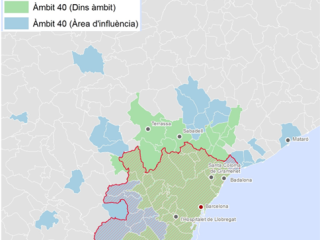
Restrictions on circulation and promotion of public transport and sustainable mobility to combat environmental pollution in Barcelona
From December 1st 2017, by virtue of an institutional agreement, the Department of Territory and Sustainability (DTES) of the Generalitat de Catalunya can declare episode situations of environmental air pollution in Barcelona. The agreement was signed in March 2017 between the main agents and the public administrations in Area 40 of the Barcelona conurbation (see
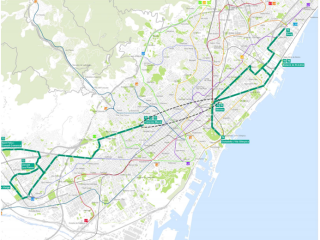
Preliminary study to connect both tramways networks in Barcelona
In March 2016, the Generalitat de Catalunya – Catalonia’s regional government – and Barcelona City Hall, signed a collaboration protocol to start a study on the feasibility of interlinking the two existing tramway networks and make it into one unified network. The 4 to 4,6 km-long connection includes 5 to 6 stops depending on the
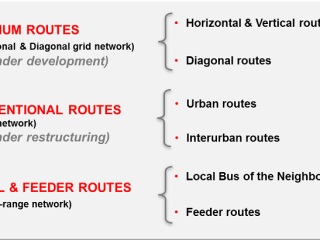
The New Bus Network in Barcelona
TMB operates in the city of Barcelona and part of its metropolitan area, serving a territory of 2.4 million inhabitants. The former Barcelona Bus Network, with 100 lines, was highly appreciated by the citizens as the satisfaction ratios used to reflect it. Nevertheless, there were some weaknesses: it only provided good service from the city
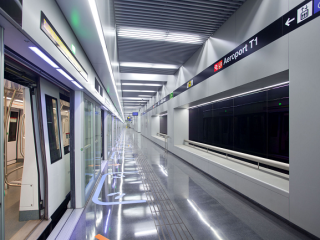
MTA of Barcelona reaches the highest number of demand in public transport in 2015 and continues committed to increase public transport infrastructures and services
The number of passengers of the Metropolitan Transport Authority (MTA) of Barcelona confirms the recovery of demand that began in the second half of the year 2013 and has allowed the closure of the year 2015 with 939.3 million journeys, up 2.5% on the 2014 figure, which represents an all-time record since the implementation of
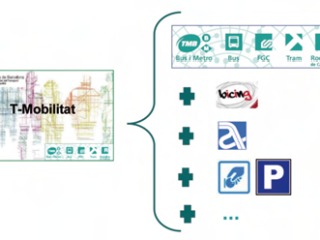
Barcelona ATM is on the way to T-Mobilitat
Over the next few months Barcelona will launch a new mobility card to replace the 84 different public transport integrated fares that coexist nowadays in the metropolitan area of the Catalan capital. However, the T-Mobilitat project is not limited to public transport but has a much broader scope, defined by current tendencies and needs, and

The Superhub project
SUPERHUB is a European co-funded project involving 20 partners, Barcelona ATM and Helsinki HSL among them, from 6 different Countries. In 2014, after 36 months of research, development and largescale trials, SUPERHUB will unveil an open source platform for PC and mobile applications which will be able to plan customized urban routes, combining in real
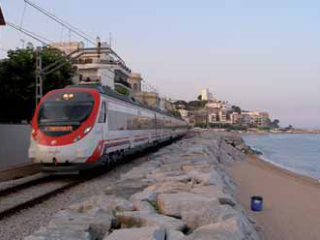
Transfer of the Renfe-Rodalies local railway service to the Catalan Government
Contractual framework On January 1st this year, the local railway service operated by Renfe Rodalies was transferred from the Spanish Central Government to the Government of Catalonia. 197 trains and around 900 workers provide the service. This is the first time that a regional government in Spain has taken over functions that have been, until
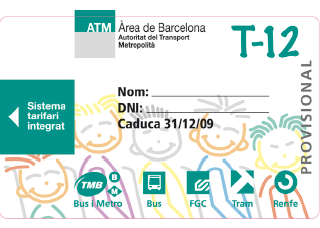
Barcelona launches the new T-12 travel card
The Metropolitan Transport Authority of Barcelona (ATM) has introduced the T-12 travel card, aimed at children from 4 to 12 years of age. This is a travel document valid for one zone, that corresponds to the municipality where the holder lives. It will enable an unlimited number of free journeys on all modes of transport
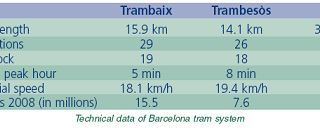
Barcelona tramway: a success story
In June 2008 came into operation the last track of the planned tramway networks in the area of Barcelona. The project started in 1999 when a bid comprising the design, the construction and the exploitation of a tramway system was launched by ATM and awarded subsequently to a private operator (Tramvia Metropolità SA) for an
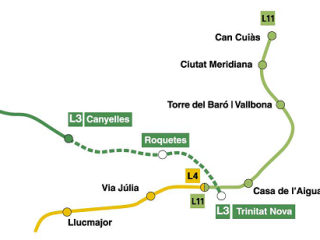
Extension of L3 metro line in Barcelona: infrastructure and urban design
The extension of the L3 line between the Canyelles and Trinitat Nova stations came into operation on 4 October 2008, with a new 1.8-kilometre tunnel section and two new stations, Roquetes and Trinitat Nova, which it is estimated will provide service for 4 million journeys a year. The initiative included the construction of two new